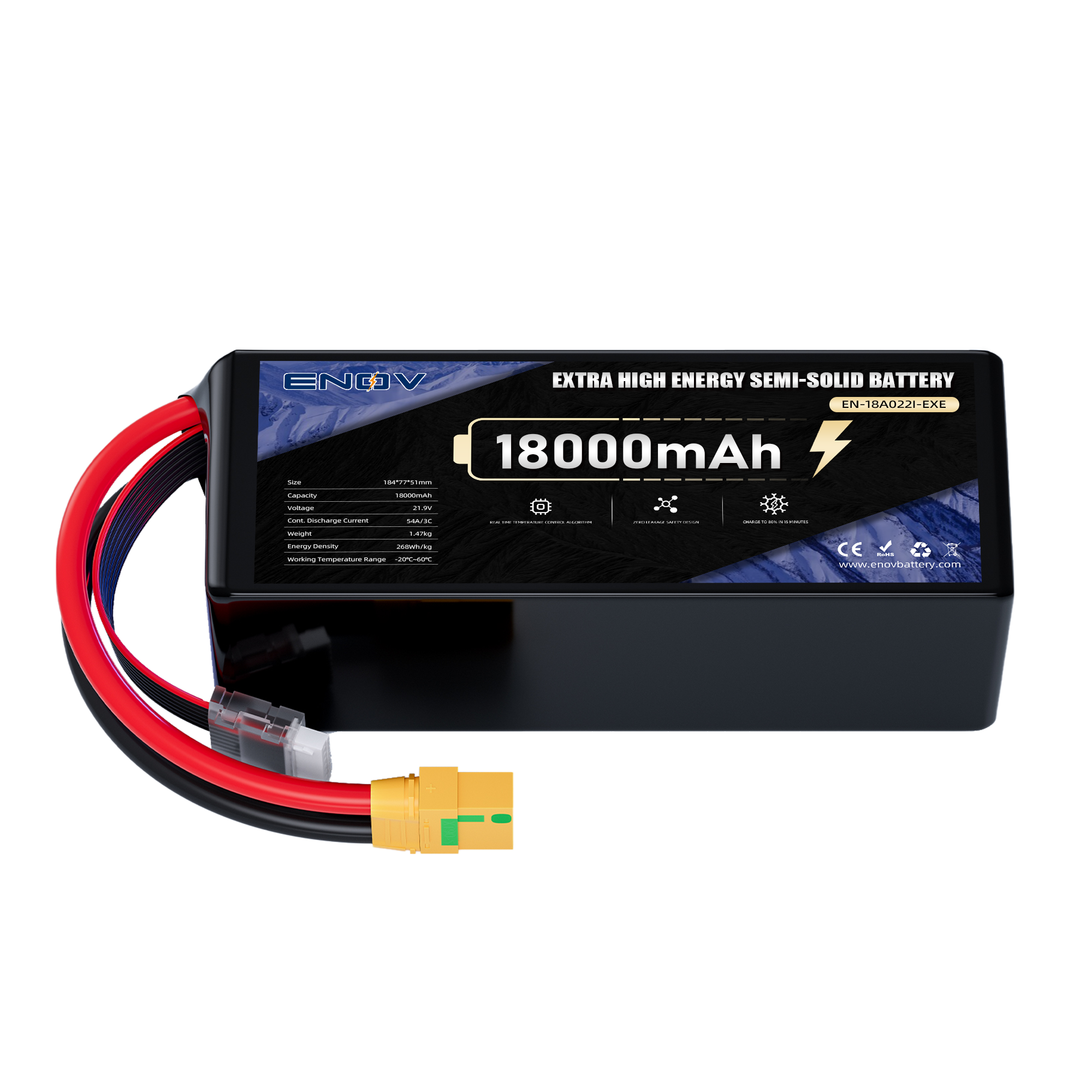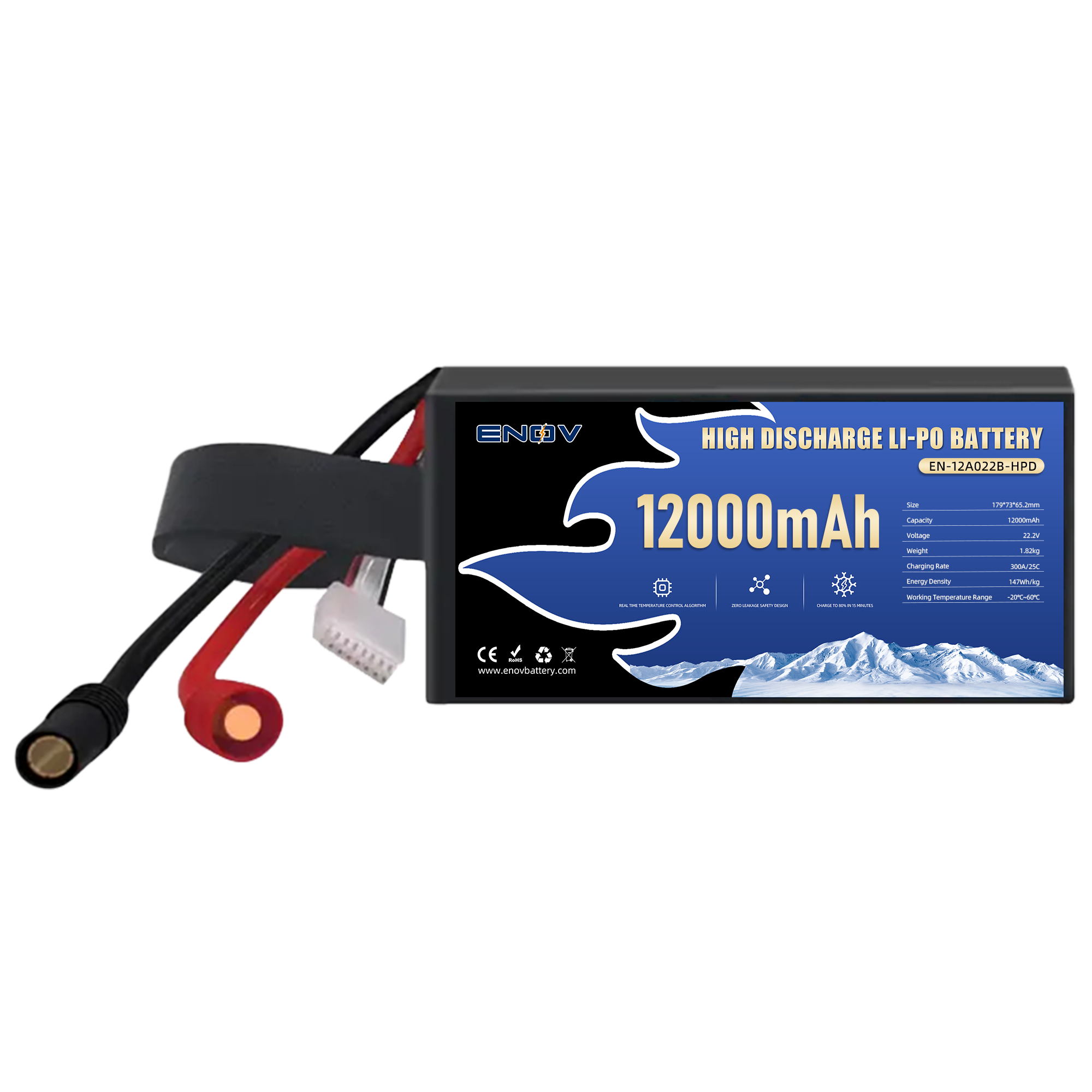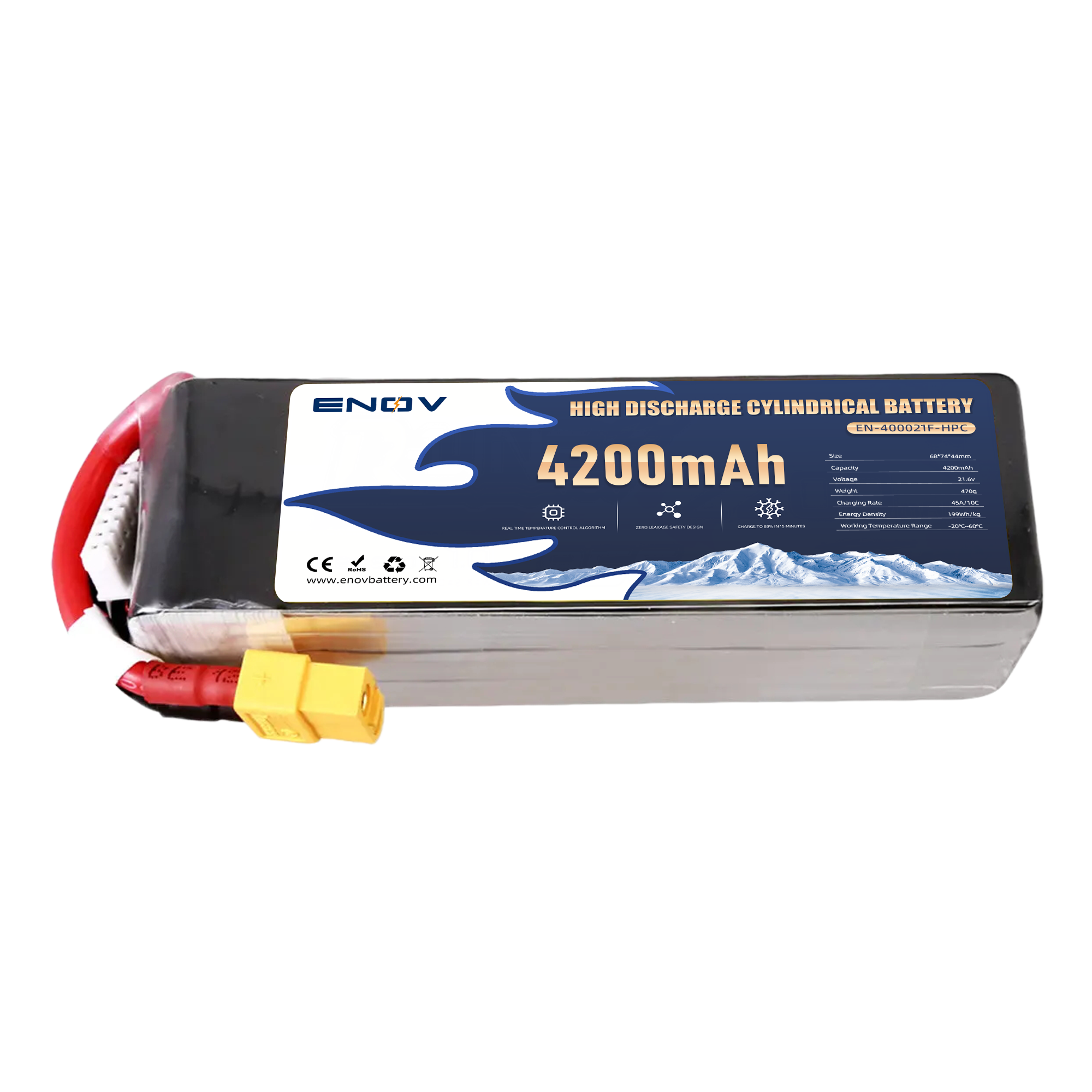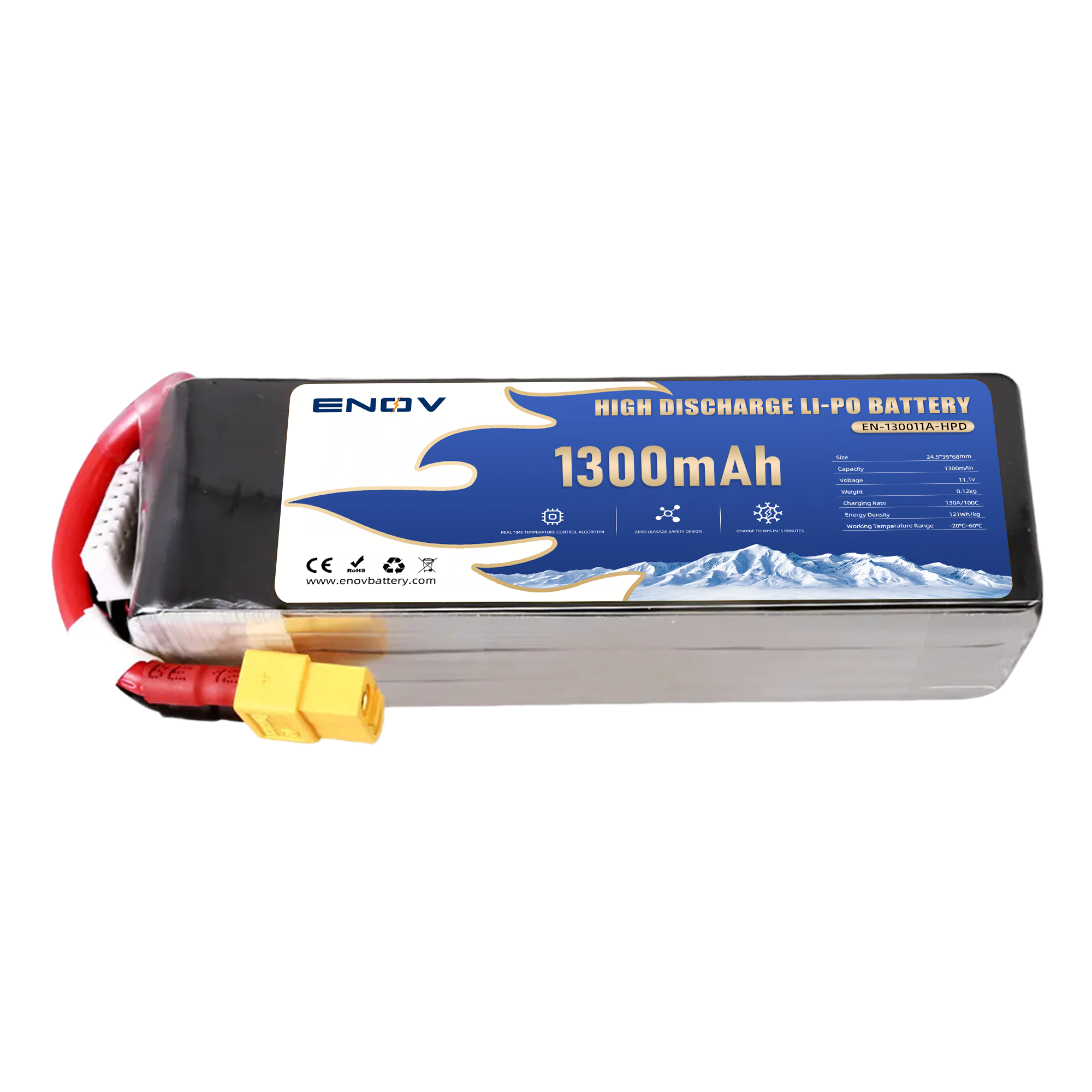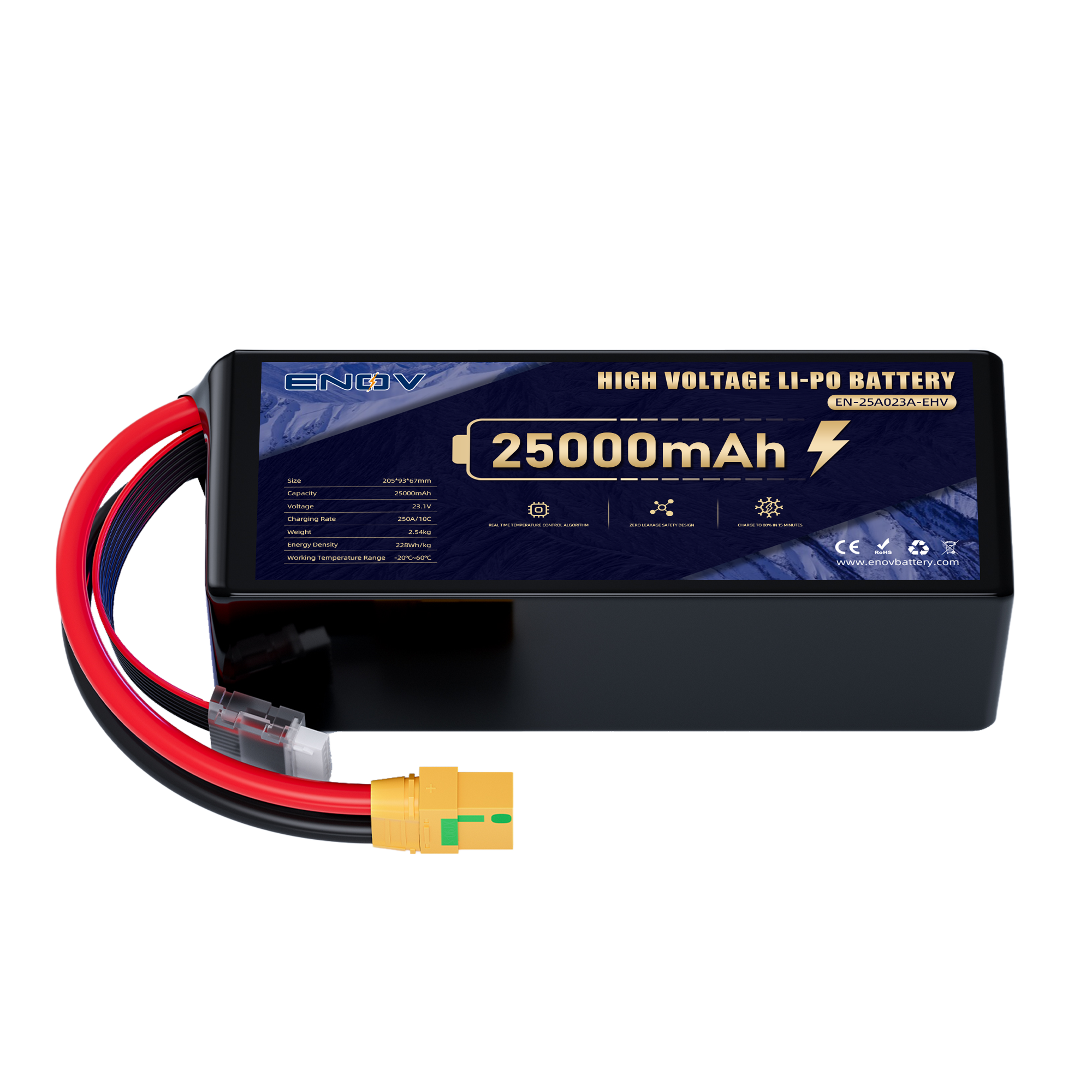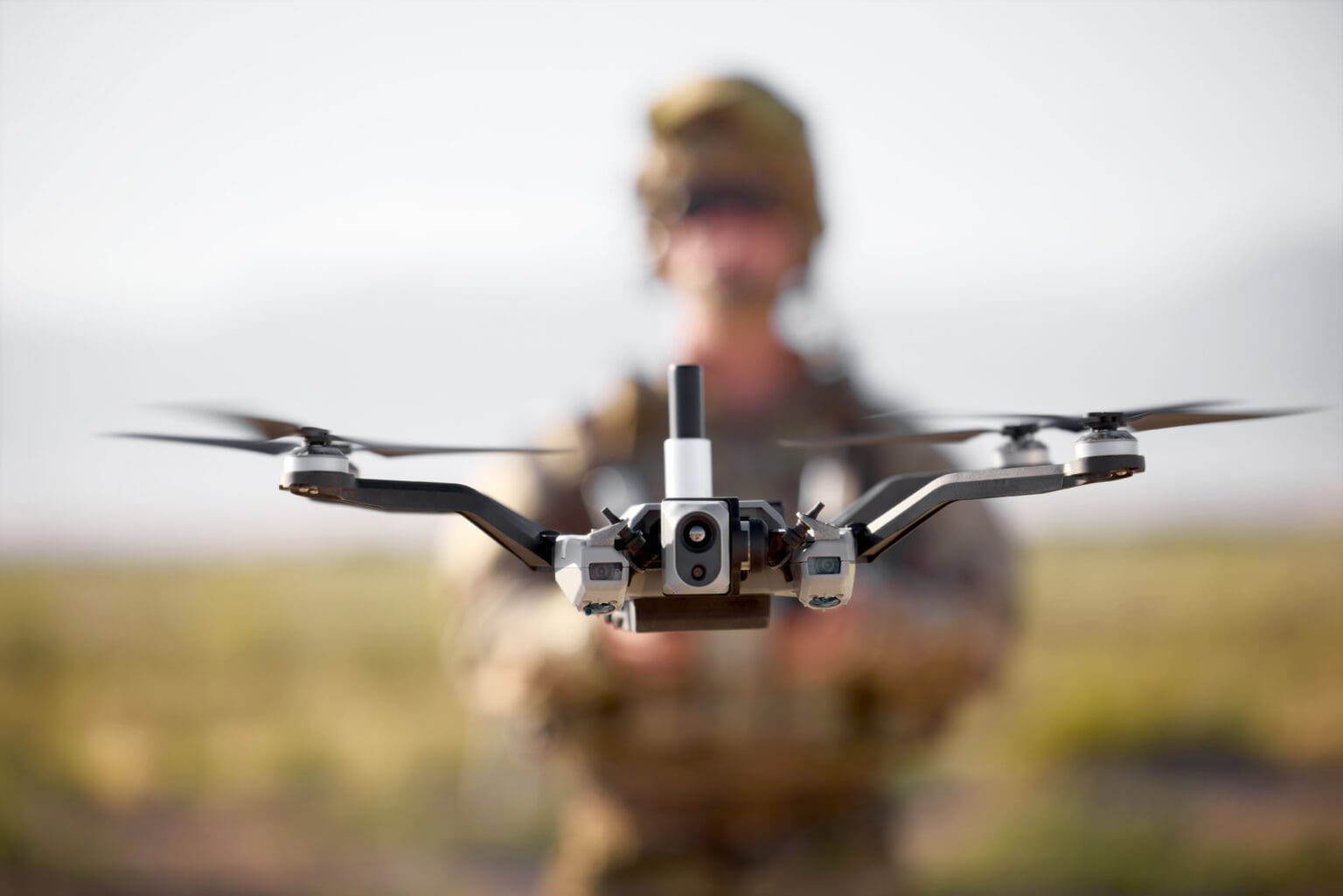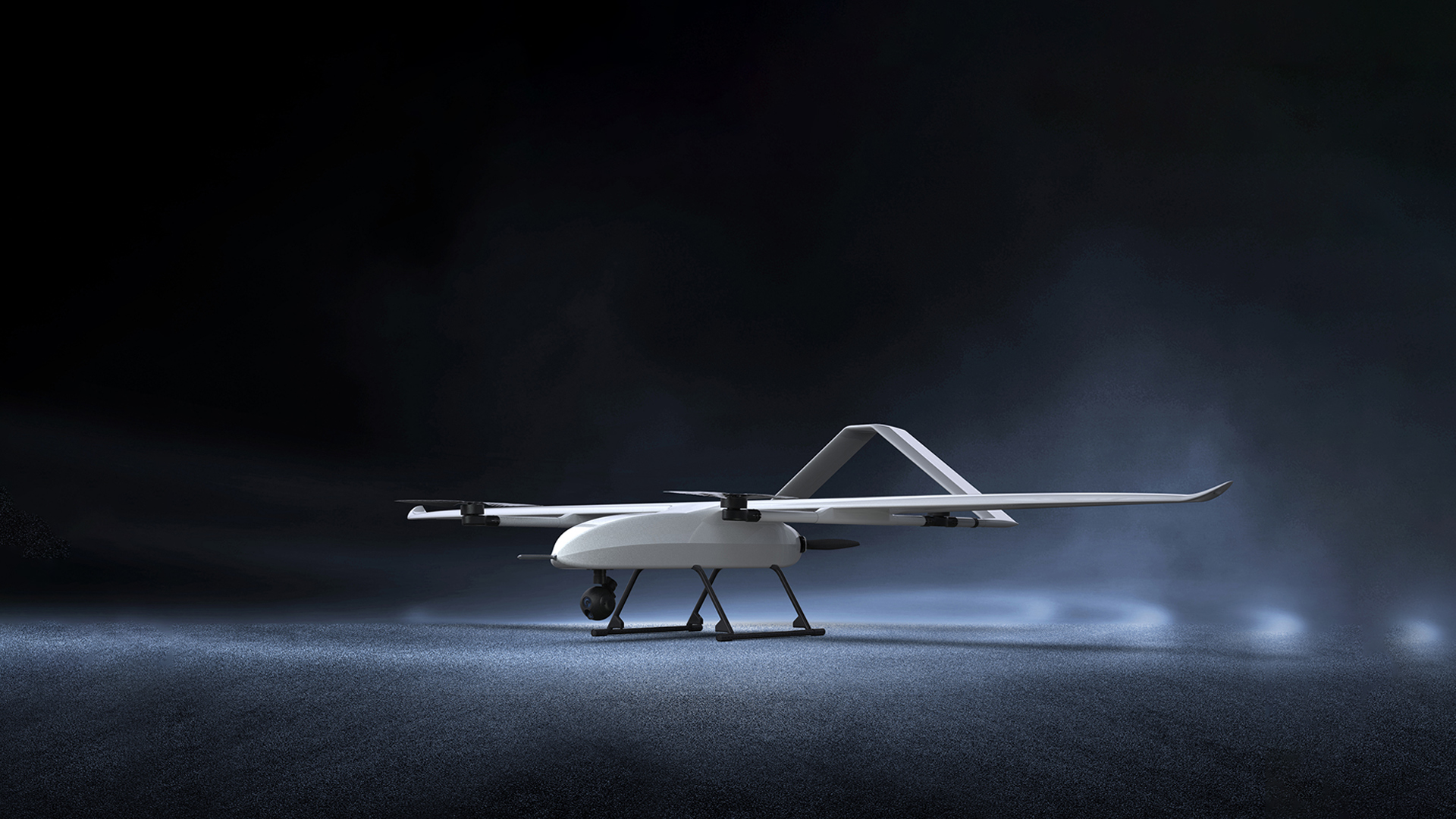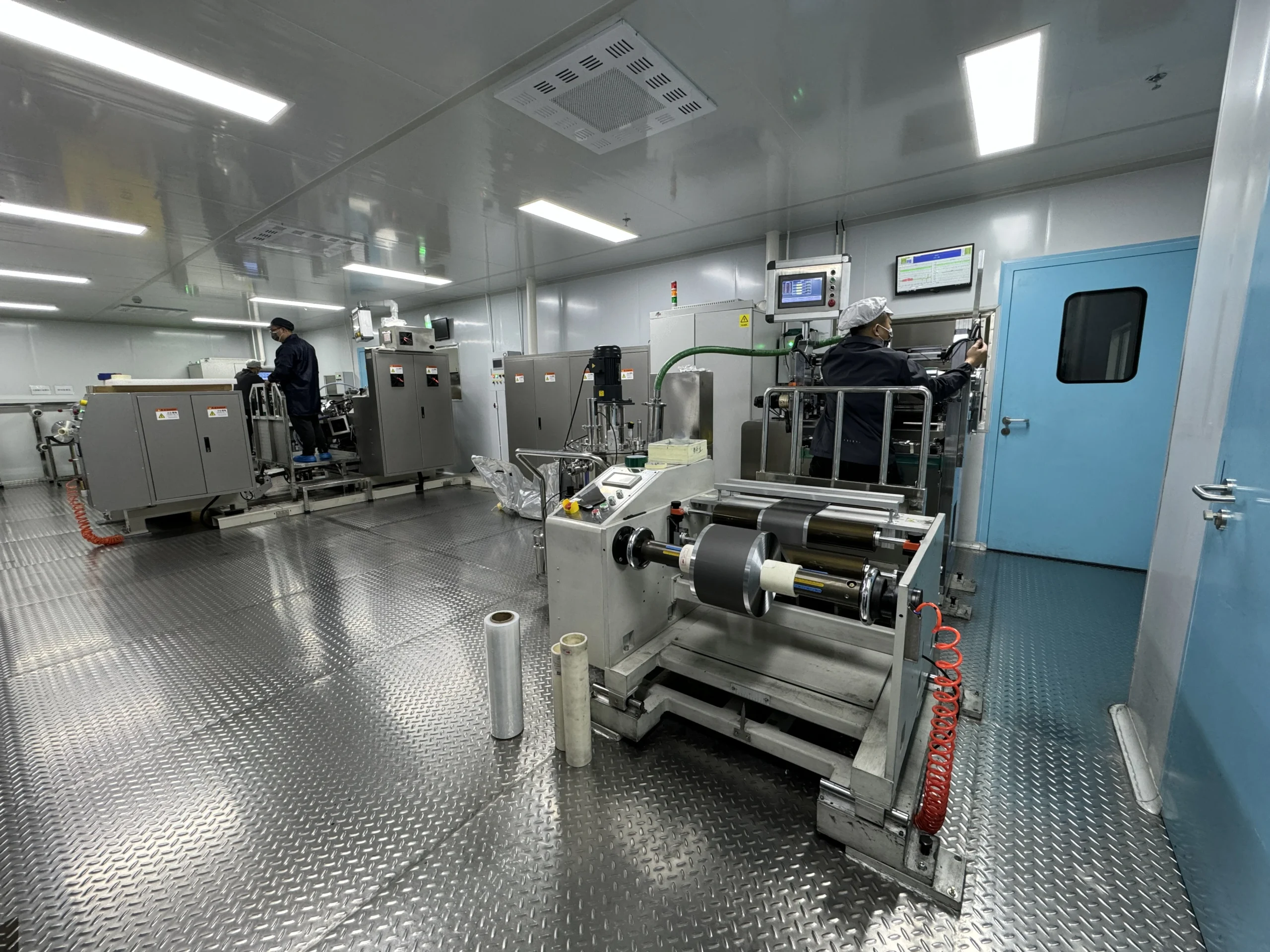Compliance and Future-Readiness in Functional Logic Testing
Compliance and Future-Readiness in Functional Logic Testing
Ensuring compliance and future-readiness in functional logic testing is no longer optional—it’s the cornerstone of building smart systems that thrive amid evolving regulations and technological shifts.
From aligning with global standards like ISO 26262 for automotive safety to preparing for AI-driven GDPR updates, developers must embed adaptability into testing frameworks. Proactive strategies, such as integrating AI-powered audits and simulating regulatory scenarios, enable systems to meet current requirements while anticipating tomorrow’s challenges.
thrust
1. Navigating Regulatory Complexity
Modern smart systems operate in a labyrinth of regional and industry-specific regulations. For instance, automotive systems adhering to ISO 26262 must validate safety mechanisms against rigorous Automotive Safety Integrity Levels (ASIL), while IoT devices face evolving data sovereignty laws across the EU, APAC, and North America.
Transitioning to automated compliance workflows reduces human error and ensures real-time alignment with standards like the EU’s AI Act or NIST’s 2025 cybersecurity guidelines . By stress-testing systems against simulated regulatory updates, teams can preemptively address gaps before deployment.
2. Integrating Adaptive Technologies
Future-ready testing frameworks leverage AI and hyper-automation to stay ahead. AI algorithms, for example, dynamically update test cases based on code changes or regulatory amendments, while blockchain ensures immutable audit trails for compliance reporting .
Cloud-based platforms further enhance scalability, enabling parallel testing across global regulatory environments without infrastructure bottlenecks . These tools not only streamline compliance but also future-proof systems against emerging technologies like quantum computing or 5G edge networks .
3. Balancing Security with Innovation
Compliance demands robust security, yet innovation requires flexibility. Zero-trust architectures, now critical for 5G and IoT ecosystems, validate every device interaction to prevent breaches in decentralized systems .
Simultaneously, post-quantum cryptography safeguards data against future decryption threats, addressing the “harvest now, decrypt later” risks highlighted in quantum-IoT integrations. Prioritizing encryption for data at rest and in transit, alongside role-based access controls, ensures compliance without stifling agility.
4. Collaborative Compliance Strategies
Cross-border systems demand harmonized testing approaches. Centralized compliance management platforms, for instance, unify regional teams by tracking jurisdiction-specific requirements—from GDPR’s data minimization principles to California’s CCPA . Regular training on regulatory updates, combined with AI-driven bias audits for ethical AI deployments, fosters a culture of accountability . Collaborative tools also enable real-time sharing of threat intelligence, turning compliance into a collective strength rather than a siloed task.
5. Building Resilience Through Continuous Learning
Future-readiness hinges on adaptive learning frameworks. Implementing microlearning modules for teams on topics like NIST’s passwordless authentication or edge computing sustainability keeps skills aligned with trends . Similarly, embedding self-healing mechanisms in test scripts—where AI corrects minor errors autonomously—reduces downtime and ensures uninterrupted compliance validation . By treating compliance as an iterative process, organizations transform regulatory hurdles into catalysts for innovation.
Conclusion
Compliance and future-readiness in functional logic testing are inseparable pillars of sustainable smart systems. Through adaptive technologies, collaborative governance, and proactive learning, developers can navigate regulatory complexity while scaling for tomorrow’s challenges. The path forward lies in balancing stringent security with agile innovation—ensuring systems not only meet today’s standards but evolve seamlessly alongside the digital landscape.
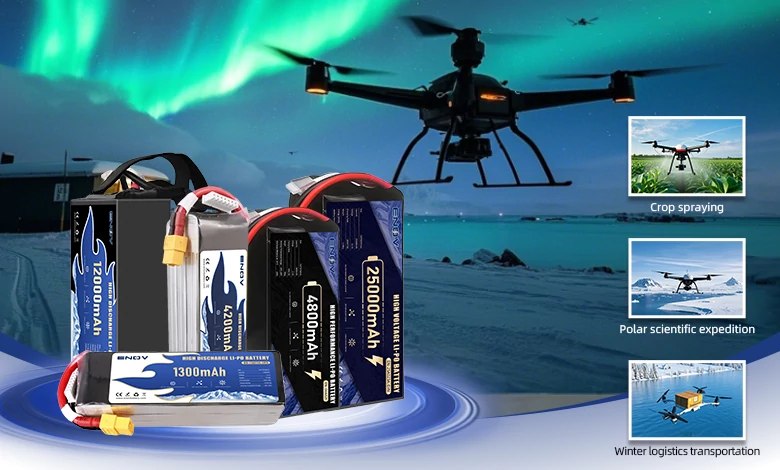
UAV DRONE battery
Enov UAV battery has the most advanced UAV battery new technology, it has a lightweight structural design, ultra-high energy density, stable continuous discharge, customized ultra-high instantaneous discharge, wide temperature working range, stable charge and discharge, battery materials can choose high nickel terpolymer positive/silicon carbon negative material system combined with semi-solid battery technology. Or choose a more mature application of more UAV lithium battery technology, available UAV battery nominal voltage 3.7V, capacity 18.0Ah ~ 30.0Ah, support 10C continuous discharge and 120C pulse discharge (3 seconds). With ultra-high energy density (220-300Wh/kg) as its core advantage, Enov UAV batteries can meet the needs of long-term endurance scenarios such as plant protection drones and transport drones, while maintaining stable emission performance in extremely low temperature environments (-40℃).
Other products
START-STOP LITHIUM BATTERY
LITHIUM ENERGY STORAGE BATTERY
QUICK INQUIRY
FAQ
Access to high frequency technical questions with one click, get accurate answers on product application, after-sales policy and customization process.
Service and Support
Get the latest product specifications, explore professional OEM/ODM customization services, click to open exclusive technical support and production solutions.
Become a Partner
We sincerely invite resources to interconnect, work together for win-win development, and immediately open a new chapter of strategic cooperation!
